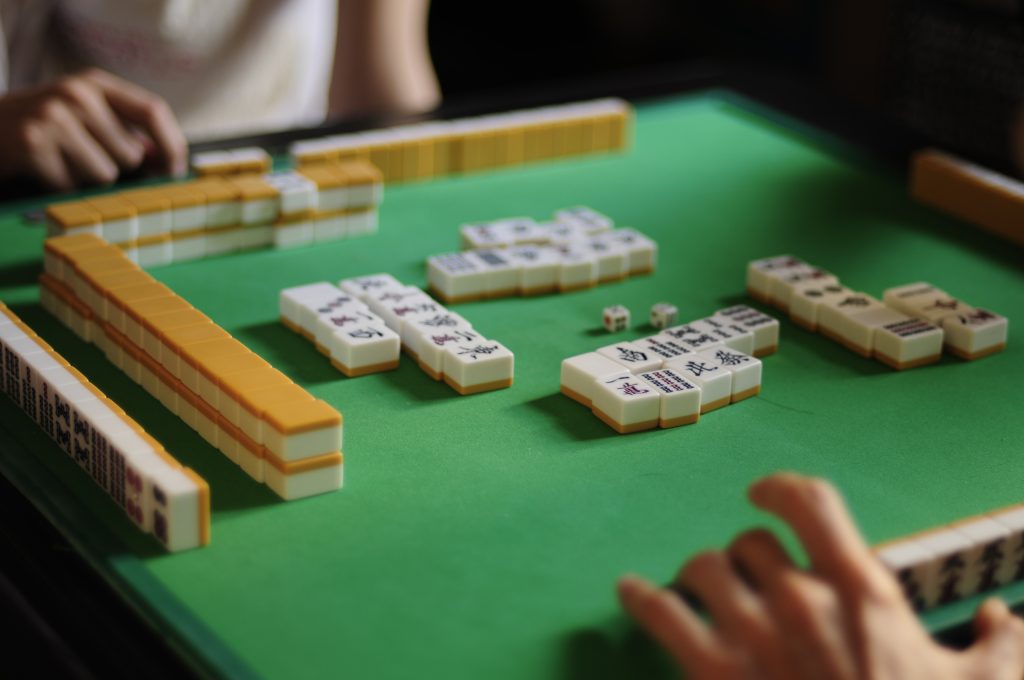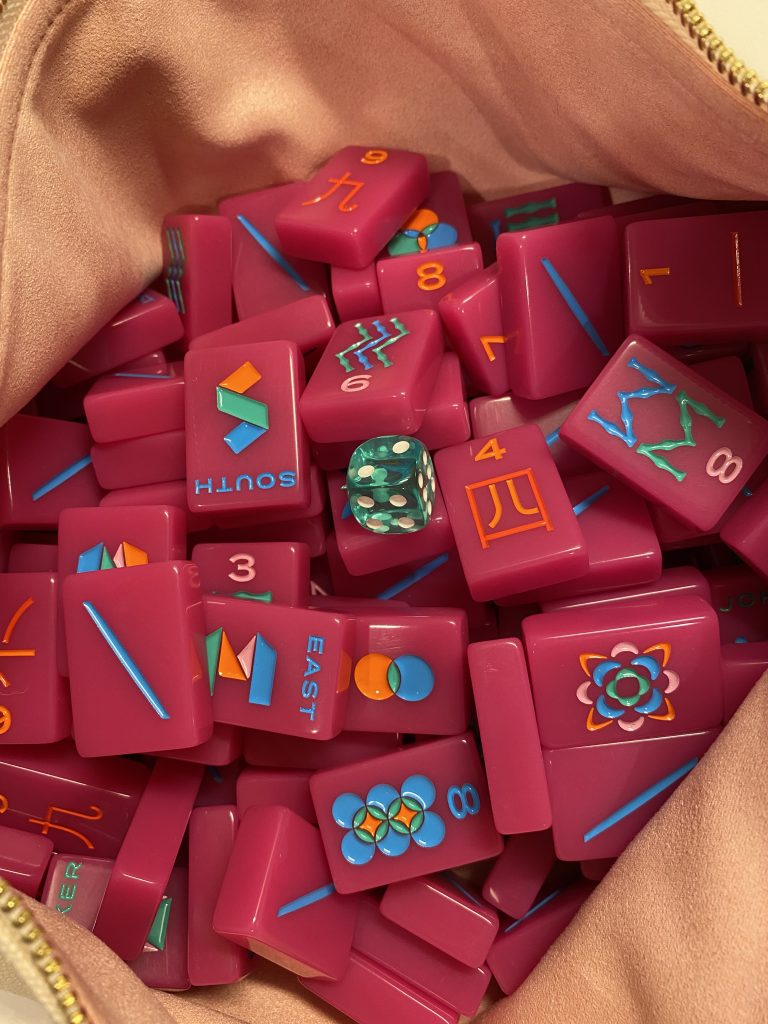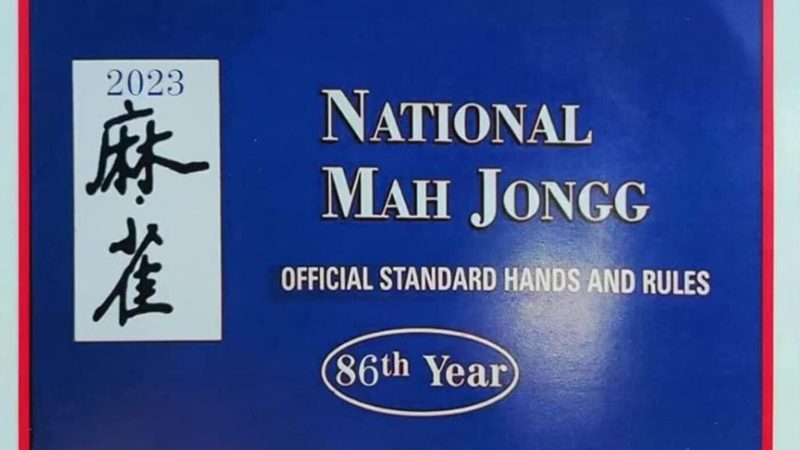Get Your Mahj On
Move over, bridge. There’s a new game in town. And it’s actually been here for a while.

But if you live under a rock like I do, the odds are good that you have only just learned about mahjong. Perhaps you recently watched “Crazy Rich Asians” on a long-distance flight, or maybe you took note of the game after living and breathing “The Marvelous Mrs. Maisel.” Since the early 2020s, mahjong seems to be everywhere in Fort Worth. From embroidered tea towels at charming Camp Bowie boutiques to hearing about a coworker’s weekly “mahj” group, this tile-based parlor game has hooked yet another generation, over 7,000 miles away from where the tiles first click-click-clicked.
Before you jump in, however, there are a few things worth noting. Consider this your unofficial guide to taking a seat at the table.

History faster than you can yell, “MAHJ!”
What began as a game of strategy and luck born in cosmopolitan China in the 1800s eventually became the “it” game in American culture during the Roaring Twenties (the 1920s, that is). The game has an interesting and not-always-pleasant history in the States, as its popularity soared during a dark period where Asian peoples were persecuted by social and political forces. At its best, though, mahjong was a game that brought people together. Its prominence in Jewish American and Asian American cultures remained long after the initial craze died down. Fast forward to today, and the cyclical nature of trends combined with the power of the internet has mahjong back in vogue.
Is it mah-jongg or mahjong?
Both are correct, with the former being the more traditional spelling. There are two versions of mahjong, Chinese and American, and each varies in tile count, allowed hands, and the exchange of tiles at the start of the game, among other distinctions. While you might assume Chinese mah-jongg is not as common in the States as American mahjong, it will hardly be difficult to find a group that plays in the conventional style. The game uses tiles like dominos and involves the drawing and discarding of those tiles in a manner similar to rummy games, although rummy uses cards.

The minimal line set from The Mahjong Line, photo courtesy of Hannah Bush
Shop for a set.
It won’t come as a surprise, but one needs the proper equipment. But you won’t always use your set. Each game, which involves four players, requires one set. How a group determines which set to use is unique to that group.
A basic set includes tiles and racks, and the list of optional accessories (like dice, table mats and pushers) is endless. Depending on your budget, you can find a set for as little as $50 on Amazon or as much as $500. With mahjong on the rise again, high-end brands like The Mahjong Line have emerged, targeting a younger demographic and creating quite a stir in the playing community. If you wish to avoid any unnecessary gossip, Where the Wind Blows is a tried-and-true, middle-of-the-road brand.
Get carded.
The National Mah Jongg League is the governing body of American mahjong and has remained so since the 1930s. Every spring, the League issues a new card to its members which features that year’s winning hand combinations. Unlike Chinese mah-jongg, this changes annually. Cards are available in standard ($14) and large ($15) sizes.

Rules are rules.
Remember, it’s all fun and games until someone gets frustrated because they don’t fully understand the rules and the next thing you know, tiles are flying and friends aren’t speaking. My advice? Don’t wing it. Learn how to play. The internet is filled with tutorials, but the best way to learn is through playing. If you don’t know anyone who plays, there is hope. A great way to learn while giving back is through Tarrant Area Food Bank’s Mahj4Meals. Led by a volunteer committee, Mahj4Meals offers inexpensive lessons and hosts tournaments with all proceeds donated to the TAFB.
Know thyself and find your people.
Before you join a group, take a beat to consider who you are as a player. Is this a casual and fun way to exercise your brain and social skills or is this the Olympics? Chances are you will not enjoy this game to the fullest if you find yourself at a table with competitors of the opposite ilk. Once that introspection is complete, recruit three of your favorite friends or take to the internet to find a local group, and go get your mahj on.


 Sign in
Sign in

